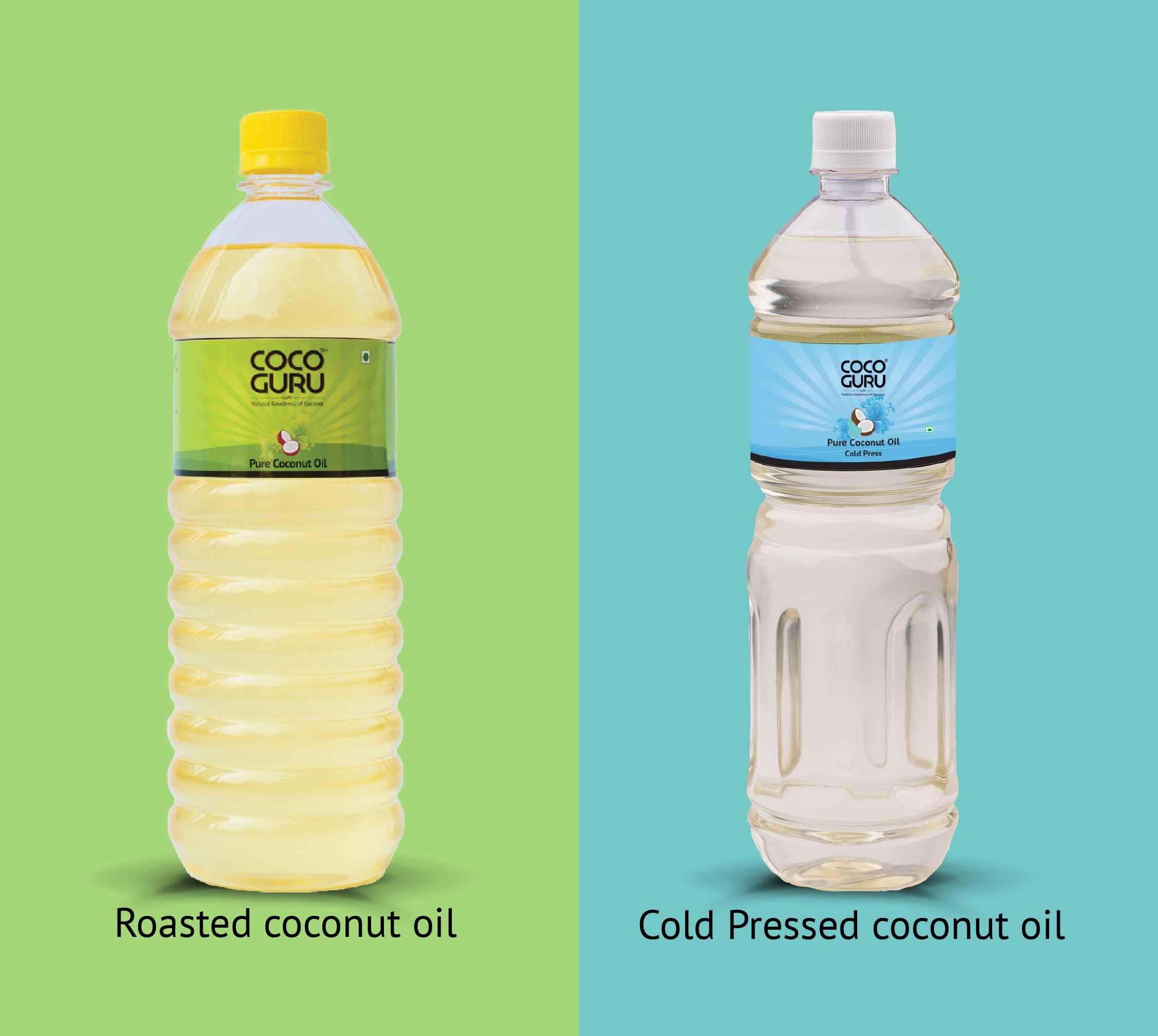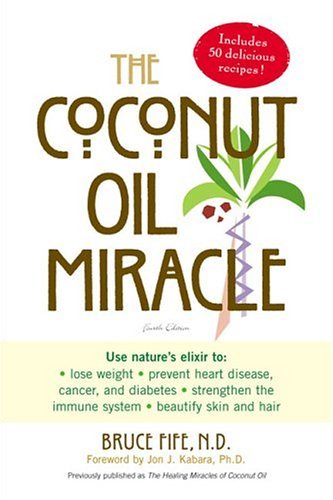In exactly one year we have witnessed increase in price of coconut oil, coconut, copra and coconut oil cake from its lowest to highest (so far). We are all talking about it because the growth in price has been whopping 3 times! So, I will try to put across some of the wisdom at hind-sight on its effects on various stake-holders. Not many in this industry including us, would have been prepared for this change that seems irreversible now. Till now inflation has happened on most commodities except coconut.
Farmers
Price increase should naturally bring cheer to the farmers. But this time it didn’t bring along the desired cheer to them. The price increase is not because of the increasing demand but more because of scarcity of the commodity. If the farmer had grown 100 nuts last year, sadly he has only grown 50 nuts this year. So, despite 3 times increase in price, his income has only grown 50%. Farmer has also witnessed similar inflation in the cost of his farm inputs like labour, fertilizers, water and so on.
Farmers generally don’t aspire to grow coconuts as much as they do for other cash crops like Arecanut and Rubber. They only cultivate coconuts for their own consumption and for plant diversity in their farm. Justifiably so, as the coconut price was way below his cost of production. This price increase should re-kindle interest in them to take coconut cultivation more seriously. If they do, this should be a great boon for entire coconut industry.
Usage
Coconut Oil finds widespread use in household cooking, baking applications, soaps, hair oil, body massage and so on. In a few of these applications, there are no easy substitutes and the demand is inelastic. That is why price is continuing to rise unabated.
Coconut from the tree was earlier used mostly for making copra and hence coconut oil. The price of coconut and copra was mostly driven by coconut oil and palm oil. Now the scenario is likely to change. Coconut Oil millers find that the coconuts cultivated don’t come as copra to their factory doors. Instead, Coconut is plucked while it is tender, the yield of coconut tree is also higher when tender coconut is plucked. Mature coconut (many times immature) is used extensively for making Desiccated Coconut. The remaining coconut that is still dried into copra again finds usage as edible copra (good shape and color) at higher price. The residue is available as copra for milling.
Coconut Processor
Profitability-wise it has been a great period for coconut traders and processors. They buy raw materials and when they about the sell the finished goods, the price would have increased. More stock one is able to hold and faster one is able to complete the processing cycle, better were is profits. Earlier the price increase brought with it some caution, what if the price comes down tomorrow? Now it has become highly predictable. But it has not been all that rosy.
Working Capital required has increased proportionally. For those with limited working capital his ability to hold stock has reduced. A certain level of stock is required to maintain quality in production (e.g. Time is required for drying copra, filtering oil through sedimentation). Minimum stock is required to meet sudden demands, ensure supply just in case production has been disrupted. While discussing with a Vendor, he was telling about his customer in Coconut Oil industry. Who were once paymasters when it comes to vendor payments have now been delaying his payments.
Adulteration
Extent of adulteration is directly proportional to the price difference between Pure Coconut Oil and its adulterants. Palm Kernel Oil is the often used adulterant owing to its similarities with Coconut Oil. Many other malpractices also go along with adulteration like Underweight and Sales in Black.
Consumer
It is the consumer who has been badly hit by this price increase. He is obviously forced to pay much more. Also, he has to consume adulterated products. In order to keep his expense on cooking oil within budget, he will try substitutes like Palmolein Oil and Sunflower Oil. Worst thing to happen will be when he has changed his edible oil for good, when he doesn’t buy coconut oil again even when the price has come down.
Coconut Oil compared with other edible oils
Coconut Oil will join edible oils like Ghee, Gingelly Oil and Groundnut Oil as premium, local cooking oils. A place where it rightfully belongs. It should be consumed because people want to consume it and not because it is cheap. Each one of them having a cheaper substitute, Vanaspati for Ghee, Ricebran Oil for Gingelly Oil, Palm Kernel Oil for Coconut Oil. Palmolein Oil, Sunflower Oil, Soyabean Oil, Cottonseed Oil and Rice-bran Oil will be for the masses.

 Our new factory at Kallarpe (Aryapu Village, Puttur) manufactures Roasted Coconut Oil. Our new customers have instantly liked it because of its enhanced aroma and taste. But our Old customers who have used Cold Pressed Coconut Oil manufactured from our old factory at Parladka (Puttur) have various kinds of doubts about it. I seek to clear those doubts here.
Our new factory at Kallarpe (Aryapu Village, Puttur) manufactures Roasted Coconut Oil. Our new customers have instantly liked it because of its enhanced aroma and taste. But our Old customers who have used Cold Pressed Coconut Oil manufactured from our old factory at Parladka (Puttur) have various kinds of doubts about it. I seek to clear those doubts here. If a 250 page book has to be written exclusively on one product, without much repetition, making full sense with understandable logic, by veteran nutritionist, then this should suggest how miraculous the product (Coconut Oil) should be. Now, why isn’t there a similar book that talks about the so called healthy and widely used oils like Sunflower Oil, Soyabean Oil or Hydogenated Oils (Vanaspati)?
If a 250 page book has to be written exclusively on one product, without much repetition, making full sense with understandable logic, by veteran nutritionist, then this should suggest how miraculous the product (Coconut Oil) should be. Now, why isn’t there a similar book that talks about the so called healthy and widely used oils like Sunflower Oil, Soyabean Oil or Hydogenated Oils (Vanaspati)?